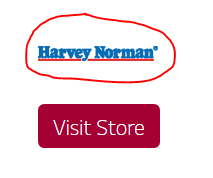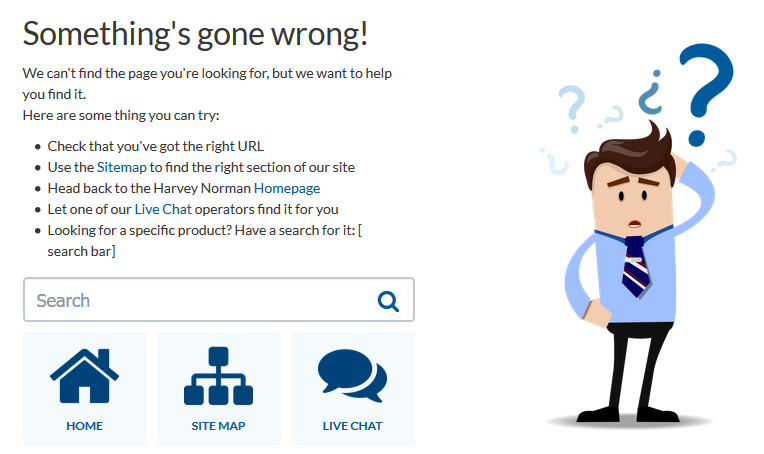If you are a business owner it is likely you have a to-do-list that is simply endless. As quickly as you cross things off with satisfaction you are just as quickly adding to it. There are some things that can sit at the bottom of the list and there are some things that just should not. Any business owner with a website will know just how important keeping on top of your website is. But for many it is easier said than done.
For your website to run effectively, addressing your SEO (search engine optimisation) should be your top priority. To put it simply, what is the point of having a beautifully designed website if no one sees it. This is where SEO comes in and before you start to cringe or your anxiety levels start to rise rest assured we are going to keep it simple. There are 5 easy ways to improve your SEO today. Let’s take a look
1. Install a blog on your site
It seems like every tom, dick and harry is a blogger these days and there is good reason why. But when it comes to businesses it is surprising how few take advantage of the benefits of a blog.
How to take full advantage of your blog?
A blog is a space where you can actively engage your customers, draw them in hook, line and sinker and keep them hanging around, exploring your site. That’s right you want people to stay and tour your site not simply jump on and then jump off.
How do you do this with your blog? Keep it interesting and keep it relevant. People are on your site for a reason. You are the pro; engage them, educate them and be at the forefront of your industry. Remember, if you don’t want to read it then there is a good chance they won’t either.
Creating interesting and highly engaging content will not only encourage your customers to stay on site and keep coming back, but will also open up the opportunity to create backlinks to your site.
What do backlinks do? Read on…
It drives more traffic to your website and helps to improve your website’s domain authority.
Once you have started creating a great blog, integrate it into your social media strategy by regularly posting about your new articles and ask for feedback from your fan base. This will keep your customers up-to-date and interested in what you have to say on a regular basis.
2. Submit your website to Google Search Console
Google Search Console is a free tool for webmasters to retrieve all the technical data that assists in making sure your website performs. There is a lot of data to be found but if you initially focus on these you will be off to a great start:
- Gather important intel from Google regarding duplicate, short and missing meta data on various pages.
- Search up to the last 90 days of analytics data. This will assist you in identifying which search queries lead to the most organic traffic. Data up to the last 90 days is available.
- Identify your crawl errors. These include 404 errors (pages not found) and a few others. Large amount of 404 crawl errors are usually an indication and symptom of a much bigger problem.
- Mobile optimization feedback. A big part of your websites success is going to include a mobile optimised website.
- Submit your XML sitemap so Google can easily find all of your web pages.
3. Stay On Top of Your Backlinks
Backlinks are inbound links (text and/or image based) from external websites that reference your website. They drive traffic, increase your search engine authority and can encourage an increased amount of time spent on the website if the user trusts the website that was linking to you. If some of your backlinks are broken whereby the page these external websites are linking to are broken or no longer working correctly, this will result in a loss of domain authority for your website and a potential loss of search engine rankings. More info above, see the Google Search Console.
The first thing to do is identify any broken backlinks by using a broken backlink checker and then determine which ones are worthwhile fixing. You only need to restore backlinks that increase your user’s engagement, increase time on site, are authoritative and reputable and relevant to your industry.
Quick tip
Websites to keep an eye out for are those that are performing well on Google and Bing IN YOUR INDUSTRY. This is a major hint that the search engines are loving them and you should as well. Especially if they are willing to link to your website.
For example, Harvey Norman has a link from LG to a TV that no longer exists. Resulting in multiple drawbacks for Harvey Norman. See below:
VISIT THE FOLLOWING URL: http://www.lg.com/au/tvs/lg-55EG960T

The Harvey Norman image link redirects us to this page which no longer exists (it didn’t at time of writing this article). A potential customer now sees this instead of expecting a TV they could want for Christmas.

Perhaps a better and less scarier solution for the customer would be to display a normal page which says something to the effect of “The following LG 55 inch OLED TV…No longer exists but below is a list of related TVs that you should like”. If my parents stumbled on the above error, they would be scared. Just saying!
4. Reading specific Google Analytics data:
Using Google analytics helps identify what areas of your website are performing and which are not. You specifically want to find pages that have high bounce rates, exit rates and which have the lowest time spent. These areas should be a priority as they key into larger and potentially troublesome areas for your website in the future.
- Identify pages that have high bounce rates and under-performing pages. At the same time, you want to identify which landing pages perform best, by “perform” we mean which lead to the most “conversions and online enquiries/sales”.
- Measure the overall traffic to your website and analyse where your customers are coming from!
- Gather keyword information. You need to know what people are searching for to find your website and how they interact with your website from then on.
5. On-page SEO Tweaks
Go through your website with a fine tooth comb making sure all of your meta data, headlines, and internal content is not duplicated and found elsewhere on your website. These on-page elements (and more) are vital in laying a strong SEO foundation on your website going forward. Be thorough!
- We’ve said before and we will say it again, content is king but there is no point having poorly created content! The only content worth creating is unique, high quality, link worthy and relevant to your modern day target audience!
- You want people to click through to your website organically so make sure all title tags and meta descriptions are well written and contain a highly engaging call to action.
- Just like a newspaper your H1 headlines need to be captivating. If you want people to keep on reading, keep them short, descriptive and full of punch!
- To stay on Googles good side remove any duplicate content, whether it is found on your website or perhaps even externally. External duplicate content is harder to remove but should be attempted by notifying other website owners to remove it. We have found in the past that E-commerce clients regularly borrow content from suppliers etc to use across their product pages and such tactics should be strictly forbidden! It sounds tough, but make sure you create your own unique content throughout your entire website and do not cut corners in this area. It is not worth it.
- Your URLS need to be written correctly.
How NOT to write a URL:
www.domain.com/page-4895745894375893.html
How to write a URL:
www.domain.com/fish-food.html or www.domain.com/dairy/yoghurt/greek.html
- Install https on your domain and make sure 301 redirects are in place to avoid duplicate content. Make sure http://www.websitename.com, 301 redirects to https://www.websitename.com
And last but definitely not least…
- You want to be sure your site is running as efficiently and speedily as possible. Take advantage of Googles page speed tools such as https://developers.google.com/speed/pagespeed/insights/ or https://gtmetrix.com/ to improve your page speed.
We hope this article has helped you in understanding the importance of SEO when it comes to your own website. If you have any questions, please don’t hesitate to get in touch.





